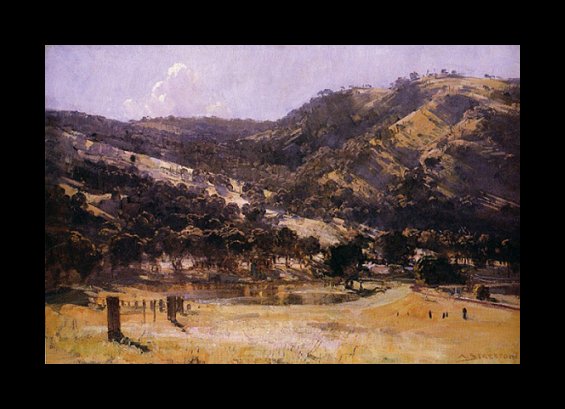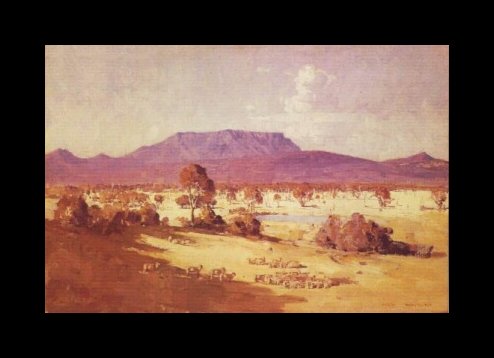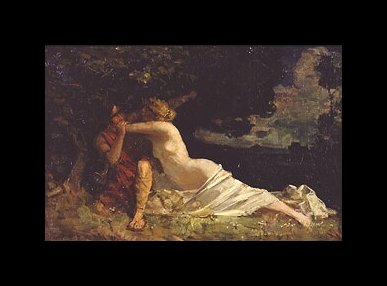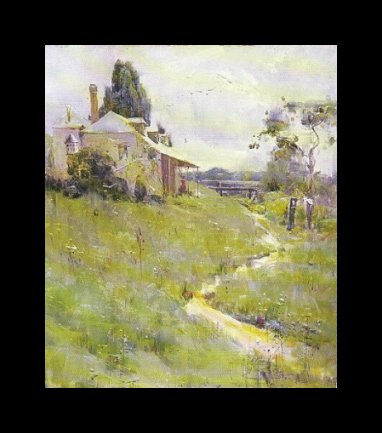Get a Streeton Certificate of Authenticity for your painting (COA) for your Streeton drawing.
For all your Streeton artworks you need a Certificate of Authenticity (COA) in order to sell, to insure or to donate for a tax deduction.
Getting a Streeton Certificate of Authenticity (COA) is easy. Just send us photos and dimensions and tell us what you know about the origin or history of your Streeton painting or drawing.
If you want to sell your Streeton painting or drawing use our selling services. We offer Streeton selling help, selling advice, private treaty sales and full brokerage.
We have been authenticating Streeton and issuing certificates of authenticity since 2002. We are recognized Streeton experts and Streeton certified appraisers. We issue COAs and appraisals for all Streeton artworks.
Our Streeton paintings and drawings authentications are accepted and respected worldwide.
Each COA is backed by in-depth research and analysis authentication reports.
The Streeton certificates of authenticity we issue are based on solid, reliable and fully referenced art investigations, authentication research, analytical work and forensic studies.
We are available to examine your Streeton painting or drawing anywhere in the world.
You will generally receive your certificates of authenticity and authentication report within two weeks. Some complicated cases with difficult to research Streeton paintings or drawings take longer.
Our clients include Streeton collectors, investors, tax authorities, insurance adjusters, appraisers, valuers, auctioneers, Federal agencies and many law firms.
Arthur Streeton (1867-1943)
We perform Arthur Streeton art authentication, appraisal, certificates of authenticity (COA), analysis, research, scientific tests, full art authentications. We will help you sell your Arthur Streeton or we will sell it for you.


Arthur Streeton, nicknamed “Smike” (for his small stature), was born near Geelong, Victoria on April 8, 1867. Streeton was the fourth of seven children. In 1867, his family moved to Richmond.
Between 1882 and 1888, Streeton studied at the National Gallery Schools in Melbourne. He attended school part time because of his limited financial resources. He and many other students did plein air painting around Melbourne. He was invited by his drawing teacher Fredrick McCubbin to join the artists’ camp at Box Hill. During this time, he developed a fascination with French Impressionism.

Streeton’s first public exhibition was held in 1885 at the Victorian Academy of Art in Melbourne. For the next two years, he was apprenticed as a lithographer to George Troedel. In 1886, he apprenticed to painters Fredrick McCubbin and friend Tom Roberts.
In 1888, he moved to a farmhouse owned by Charles Davies. He lived there rent-free and created many of his landscape masterpieces. He lived there off and on for years, leaving to travel to Sydney. He founded the famous Heidelberg artists’ camp at Eaglemont and contributed 40 works to the group’s Impressionist exhibition the following year.
In 1890, Streeton’s success began to rise when his Still Glides the Stream was purchased by the Art Gallery of South Wales. He began traveling to Sydney where he lived for a while and created art based on his lovely surroundings.
During World War I, he served first in the medical corps, and then he went on to be official war artist. He went on to settle in Victoria and was knighted in 1937 for his service in art.


Today, it is quite difficult and extremely costly to acquire a Streeton original. In fact, his paintings have sold for huge sums of money surpassing two million dollars. This has broken records for the highest amount of money collected for a piece by an Australian painter. Many of his paintings are pastoral landscapes. He has been praised for his masterful use of light. His paintings are airy, illuminated compositions.
His early paintings were mainly plein air works, but he occasionally made watercolors or oil paintings for larger studies. He used the “square brush” method of paint application in many of his works. On many of his landscapes, the paint has the appearance of being thickly applied in quick movements. They are often very dramatic and romantic in appearance.
Reviews
1,217 global ratings
5 Star
4 Star
3 Star
2 Star
1 Star
Your evaluation is very important to us. Thank you.
